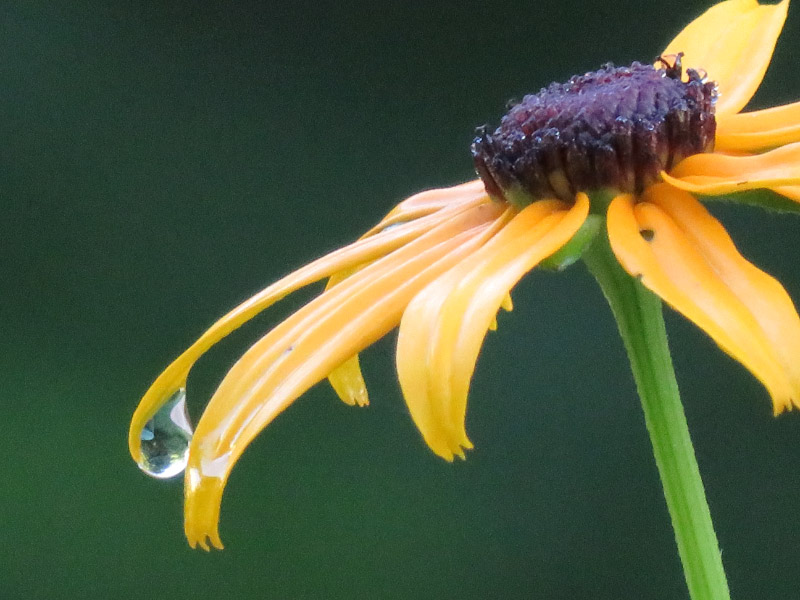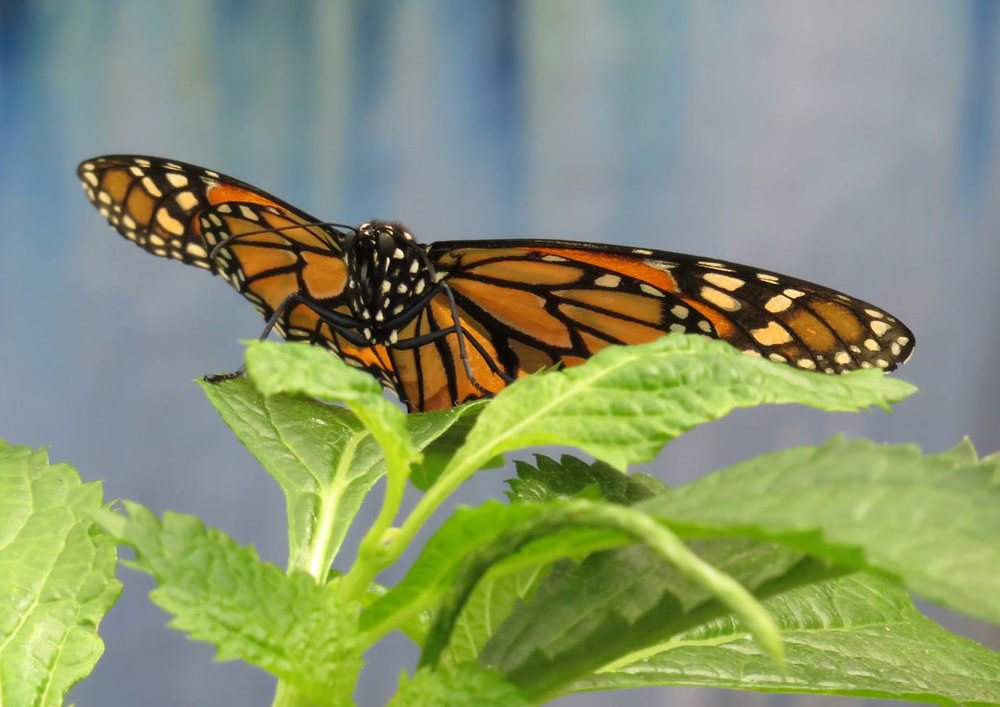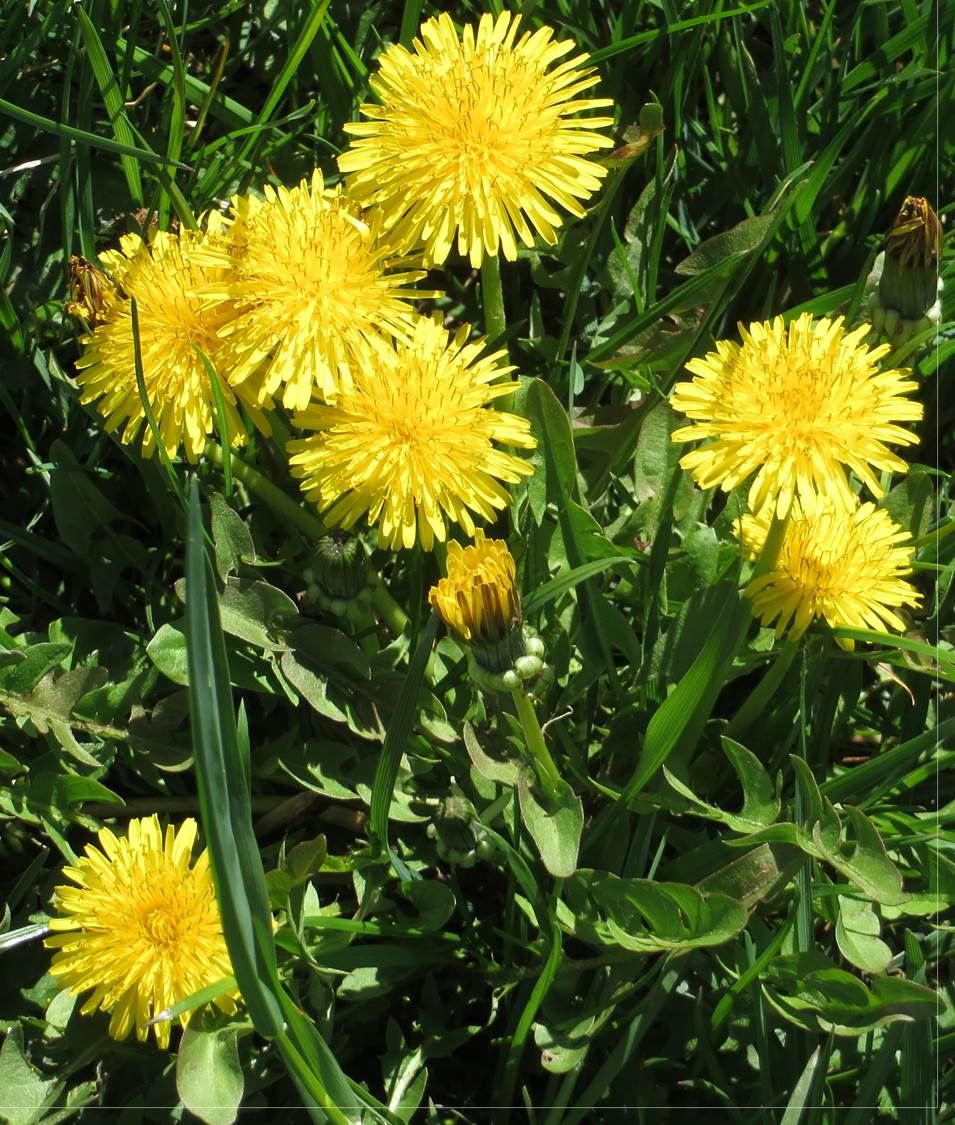Gleanings of the Week Ending August 6, 2016
/The items below were ‘the cream’ of the articles and websites I found this past week. Click on the light green text to look at the article.
Kathleen Clemons Instagram – Instructor for some of my favorite Creative Live classes….sharing photos taken with her iPhone. Beautiful images…mostly flowers.
Milkweed Meadow posts from What’s That Bug? – A cluster of milkweed plants is a great place to look if you want to find insects. This series of blog posts is focused on typical insects you’ll find.
How to Prevent Mosquito Bites – I am paying more attention to articles like this since Florida is reporting more Zika cases…and I’m planning a trip to Florida this fall.
Did We Used to Have Two Sleeps Rather Than One? Should We Again? – Maybe we were not meant to sleep all the way through the night!
The New Green Grid: Utilities Deploy ‘Virtual Power Plants’ – Sprawling networks of independent batteries, solar panels, and energy efficient buildings tied together and remotely controlled by software and data systems….a trend boosted by California’s natural gas shortfall that will become the norm?
Third Severe Flash Flood Hits Maryland/Delaware – The Ellicott City flash flood on the evening of 7/30 (just a week ago) was close to home…lots of destruction of the history main street.
Mystery Mechanisms – Many drugs appear to work…but we don’t know exactly how they work. This post discusses lithium, acetaminophen, and modafinil.
Why do we get bags under our eyes? – No stunning revelations in this article – but interesting that there are multiple reasons that people get them.
Awesome Video Compares the Size of Different Plants and Stars in the Universe – The video is a sequel to Star Size (and distances) which is also included in the post.
Earth’s ‘Annual Physical’ Lists Symptoms of a Hotter World – State of the Climate in 2015 from NOAA (and internationally peer reviewed). The indicators of a warming planet that are: greenhouse gases highest on record, global surface temperature highest on record, sea surface temperatures highest on record, global upper ocean heat content highest on record, global sea level highest on record, extremes were observed in the water cycle and precipitation. The post includes links to download the report – chapter by chapter.


















